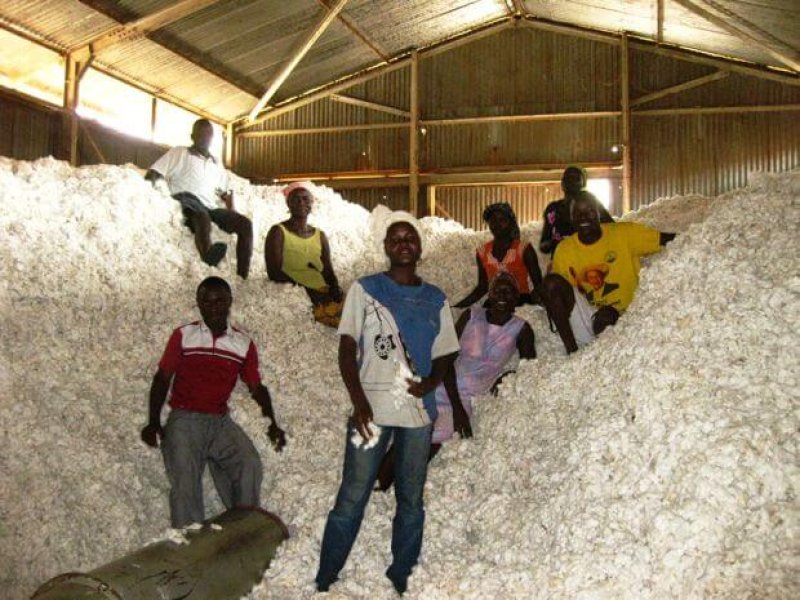Cotton, once a cash cow in Uganda where growers aspired to outcompete each other in the acreage covered and income earned, could slowly become a crop of the past if nothing is done to curb the steady decline in its production.
According to data from the Cotton Development Organization, Uganda’s lint production in the 1970s exceeded 450,000 bales. (A bale is 185 kilograms). But in recent years, the highest amount of lint produced was barely 250,000 bales annually, occasionally dropping to 100,000 bales…the nation’s ginneries operating at merely 10 percent of their optimal capacity.
…
Dominic Etellu, a farmer and former chairman of Soroti District Farmers Association, comes from Serere district, a traditional cotton growing area in eastern Uganda. He blames the decline in cotton production in his area on the high costs of chemical pesticides and weeding.
Uganda is the only East African country to witness a consistent decline in cotton production. Though Ethiopia and Kenya experienced the same challenges as Uganda, those two nations responded by embracing cost-cutting [pest-tolerant] technology in cotton cultivation as an urgent measure to revive the sector.
…
If [Ugandan] lawmakers [ignore] the prevailing nonfactual information against GM crops, and adopt a good biosafety law, they could place Uganda right in step with Kenya and Ethiopia ….
Read full, original article: Uganda’s textile industry declines while its neighbors embrace GMO cotton































